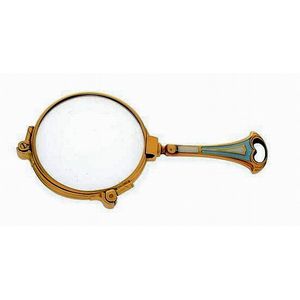Tasmanian Cedar and Pine Toilet Mirror (1840)
You must be a subscriber, and be logged in to view price and dealer details.
Subscribe Now to view actual auction price for this item
When you subscribe, you have the option of setting the currency in which to display prices to $Au, $US, $NZ or Stg.
- Circa - A Latin term meaning 'about', often used in the antique trade to give an approximate date for the piece, usually considered to be five years on either side of the circa year. Thus, circa 1900 means the piece was made about 1900, probably between 1895 and 1905. The expression is sometimes abbreviated to c.1900.
- Inlay - Decorative patterns inserted into the main body of a piece of furniture, generally in wood of contrasting colour and grain, though brass, ivory, ebony, shell and sometimes horn have been used. Inlay may consist of a panel of well figured timber inset into a cabinet door front, geometric patterns, or complex and stylized designs of flowers, swags of foliage, fruits and other motifs. As a general rule, in pieces where the carcase is constructed in the solid, the inlay is relatively simple such as stringing, cross banding and herringbone banding. Where more elaborate and decorative work was required veneer was used. Inlay has been fashionable from at least the latter half of the 17th century, when a variety of elaborate forms were developed
- Casuarina - Casuarina, is also known as beefwood (because of its appearance) she-oak, swamp oak, river oak, forest oak and Botany Bay wood. It is a native Australian hardwood, red brown in colour with dark flecks.
This item has been included into following indexes:
-
mirrors, toilet or dressing
- Australian 33
- Victorian 215
Visually similar items

An Art Nouveau lorgnette, the 14ct gold frame with guilloche enamel handle

A mahogany dressing mirror, mid to late Victorian, oval mirror of large proportions, on fluted column stand, height 180 cm

A fancy gold bangle, the hollow oval bangle with hinged sections, in two tone 18ct gold.

An antique Chrysoberyl and seed pearl bangle, centrally set with a heart shaped chrysoberyl cut en cabochon, within a border of seed pearls, on a fine hinged bangle, in 14ct gold, boxed
